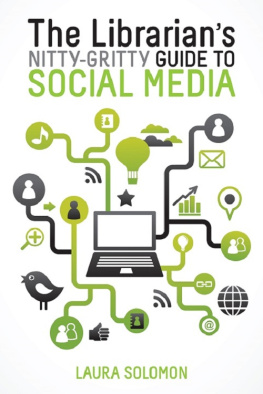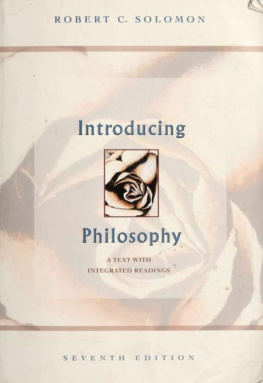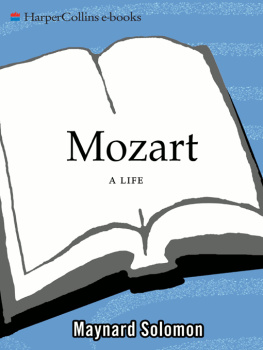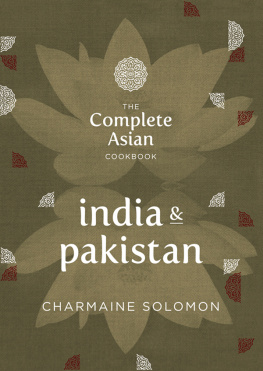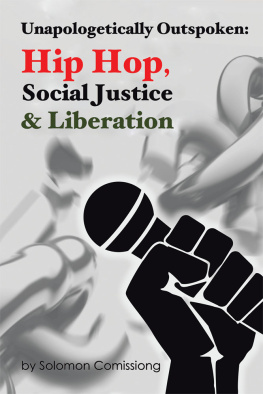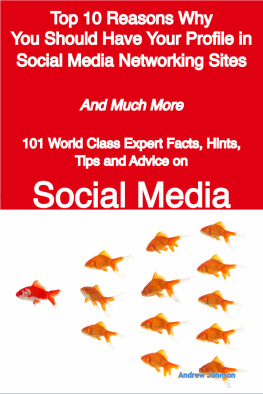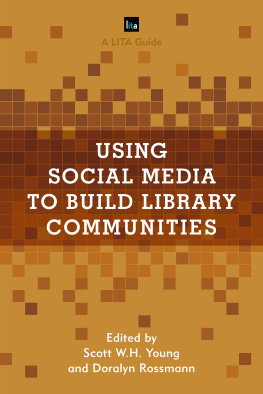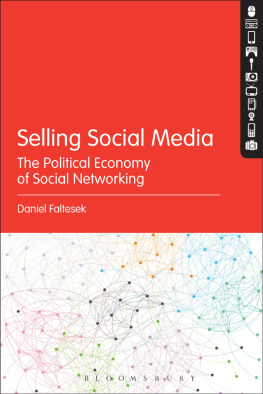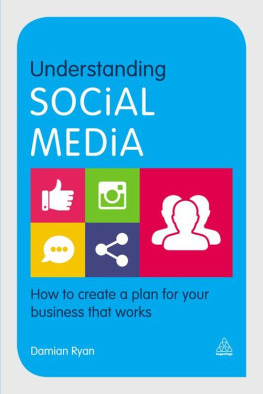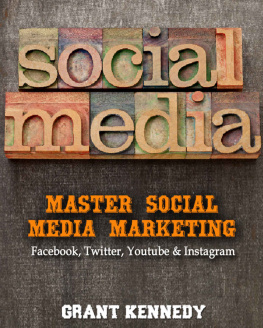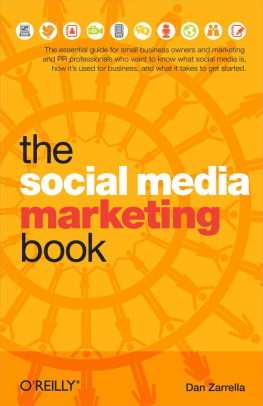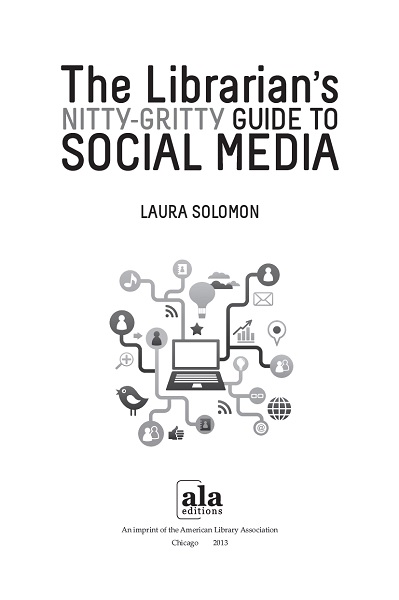ALA Editions purchases fund advocacy, awareness, and accreditation programs for library professionals worldwide.
2013 by the American Library Association. Any claim of copyright is subject to applicable limitations and exceptions, such as rights of fair use and library copying pursuant to Sections 107 and 108 of the U.S. Copyright Act. No copyright is claimed for content in the public domain, such as works of the U.S. government.
Extensive effort has gone into ensuring the reliability of the information in this book; however, the publisher makes no warranty, express or implied, with respect to the material contained herein.
ISBNs: 978-0-8389-1160-0 (paper); 978-0-8389-9631-7 (PDF); 978-0-8389-9632-4 (ePub); 978-0-8389-9633-1 (Kindle). For more information on digital formats, visit the ALA Store at alastore.ala.org and select eEditions.
The librarians nitty-gritty guide to social media / Laura Solomon.
Includes bibliographical references and .
1. Online social networksLibrary applications. 2. Social media. I. Title.
Cover illustration Marish/Shutterstock, Inc.
Interior cartoon illustrations by Diane Q. Klann.
Social media is like teen sex. Everyone wants to do it. Nobody knows how. When its finally done theres surprise its not better.
AVINASH KAUSHIK, ANALYTICS EVANGELIST
Proof of Concept
On June 19, 2009, at approximately 4 p.m., the world changed for public libraries in Ohio. The Ohio governor made an unanticipated announcement, proposing a 50 percent cut to funding for public libraries. Previous to the announcement, Ohio was known as having some of the best public libraries in the nation. Considering that the vast majority of public libraries in the state received a good amount of their operating budgets from the state, this proposal would have decimated, or even closed, many of Ohios libraries.
If the future existence of your institution is in doubt, what do you do? You do what library supporters in Ohio did: you mobilize. Many libraries mobilized their patrons, using their existing patron databases to send urgent e-mails asking them to call their legislators. Some libraries set up dedicated computers where patrons could send messages directly to the governor and the local representative. Others posted signs on their doors, stating their library would be permanently closed if the funding cut went through. These methods were invaluable in getting the word out.
Still other supporters turned to social media, which had the potential of reaching Ohio residents who were not active patrons of their local libraries. These channels moved a great deal faster than almost any traditional form of communication and helped to mobilize tens of thousands of people who might otherwise not have been aware of the crisis.
Within an hour of the governors announcement, the story was on Twitter. I created a Twitter hashtag (a way to categorize Twitter messages), #saveohiolibraries. The conversation collated around the hashtag, and it became one of the top forty most popular topics on Twitter. A Facebook group, Save Ohio Libraries, was started. It had over 50,000 members in less than three weeks. Mandy Knapp, a librarian from Worthington Libraries, began a website at www.saveohiolibraries.com, where she tracked the latest developments on the issue and where people could leave their own stories of why they needed their library. (And there were many stories!) Some patrons even put videos in support of libraries on YouTube. The social media movement was strong enough to garner support from such notables as author Neil Gaiman and celebrity blogger Perez Hilton. The Ohio library funding crisis had hit the national stage.
Between social media and other efforts put forth by libraries and their supporters, the Save Ohio Libraries movement made a huge impact at the State Capitol. Thousands of phone calls were made by patrons on their libraries behalf, forcing state officials to add additional staff to handle them. Most legislators received between 37,000 and 45,000 e-mails in a one-week period, resulting in such a volume that an automatic response was put on the servers to try and keep the electronic traffic moving. Legislators commented to Lynda Murray, the director of government and legal services for the Ohio Library Council, that they had never seen anything like it at the Capitol.
Although it was not possible to save all of the funds for Ohios public libraries from the chopping block, a huge reduction in cutbacks was made; more than $147 million in state funding was saved, preventing the complete devastation of Ohios nationally known libraries. As of this writing, despite the outpouring of support from Ohios residents, many libraries are still struggling with the financial cuts. But things would have been much worse if the governors proposal had come to full fruition.
Its Not the Tool, Its the Wielder
Without social media, the reach of the campaign would have been more limited and much less effective. However, what many fail to understand is that social media doesnt just happen. In our case, the social media efforts were primarily managed by a few people who were already very active in social networks and knew how to optimize their presence. These people understood core principles that make using these networks worth the work. Without these individuals, its very likely that Save Ohio Libraries would not have had the impact in these online communities that it did. Many librarians and libraries simply did not have a presence in social media, or at least one that was influential enough to have any effect.
Many libraries do not understand that using social media successfully takes more than just having an account. Social media is a lot like the strategy game Othello: its incredibly easy to learn but can take a long time to master. However, the minute-to-minute pace of social media does not allow for a long learning curve before claiming mastery. Many libraries take this to mean they should jump into the roaring river of online interaction, but by doing so they miss key concepts of how best to utilize the incredible tool at their fingertips. They waste time, resources, and opportunities to connect with the very people they want and need to reach.
Unlike traditional media, social media has few barriers. Its no longer a question of budget or acquiring the necessary tools; the vast majority of social media applications are free, and participating in social media is far easier than trying to produce a television commercial or print advertisement. The real need is for experienced social media staff in an arena where many mistakenly assume that having the tool is equivalent to having the expertise.

